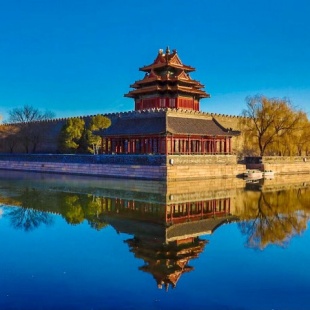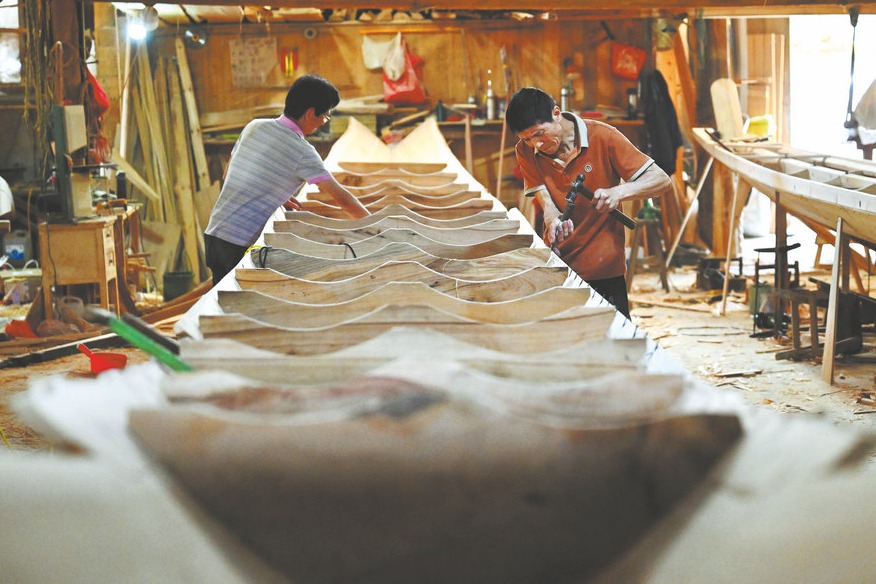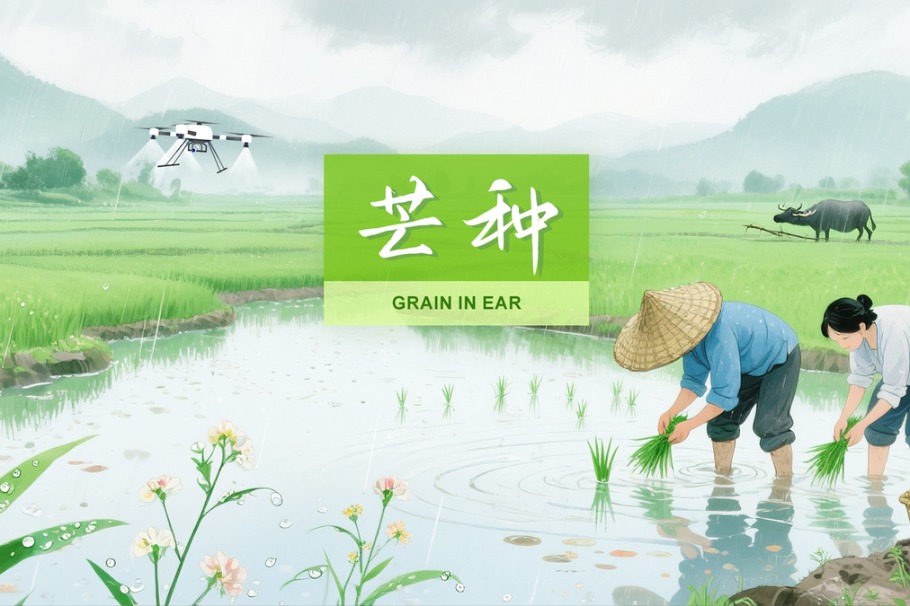Understanding Beijing's historic axis line


The axis was not simply about the Imperial Court residing within Forbidden City. Beijing was of course a city of people. Apart from many royal officials, who often lived in grand courtyards, there were also the ordinary citizens. Shopkeepers, porters, teachers, security guards and so many more. They filled essential roles for keeping the city functioning.
The axis line reflects many aspects of historic Beijing. Walking its length presents a fascinating insight into how the early city operated. One of my favorite areas, at the very north of the axis, is Zhonggulou, where the iconic Bell and Drum towers still stand. Once the tallest structures within the city walls, they would hourly chime out the time - people then did not have clocks or watches! They also indicated when the city's gates should close at night.
The view from the Drum Tower is south along Di'anmen Outer Street. It once was the early commercial heart of the city, for it is located adjacent to Qianhai, one of Shichahai's several lakes. Presently very busy with winter outdoor skating, it was once a bustling harbor for boats bringing supplies north along the Grand Canal from Hangzhou. Indeed, the Jade River (yuhe) crossed by historic Wanning Bridge was the actual waterway connection into Shichahai.
South of that bridge once stood Di'anmen (Earth Gate), the northern entrance to former Imperial City with Jingshan Park and hills beyond. Jingshan, made up apparently of rubble retrieved from excavation of a moat around Forbidden City, is an outstanding viewpoint along the axis. Looking north is toward the historic towers of Zhonggulou, but south represents a stunning panorama along the axis of Forbidden City. The harmony of its layout is clearly visible.
The axis continues, passing through the palace's southern entrance, Meridian Gate, also known as Wumen. Beyond, Tiananmen Gate is one of the most instantly recognizable icons of historic Beijing. It is the southern entrance into Imperial City, with the axis, of course, connecting it with Forbidden City. The view from its podium clearly shows the axis heading south along Tiananmen Square. Along that line once stood many important buildings and offices of both Ming and Qing dynasties. Beyond rise the magnificent towers of Zhengyangmen and Jianlou, part of Qianmen, the front gate of the Inner City.
Qianmen Street, I remember clearly the earlier days when it was a busy thoroughfare with many buses, with little feeling of its easier vibrancy and historic importance. During the Qing Dynasty and into the early 20th century, it had become the main commercial hub of the city. However, Dashilar, running west from Qianmen, has even today retained much of its feeling from the days of Old Beijing. Since 2008, Qianmen has changed considerably, with pedestrianization and upgrading, the iconic Axis Line once again visible, the area now a popular tourist destination. Qianmen continues south toward Zhushikou and Tianqiao, the latter once a vibrant hub of traditional Beijing culture.
Finally a broad park-lined avenue heads straight toward Yongdingmen Gate, which once controlled access to the city from the south. The Temple of Heaven a major icon, close by.
Beijing today may appear increasingly as a dazzling, high-rise modern city. However, at its core is a unique example of historic urban design based around an axis line reflecting its location at the heart of China.





































